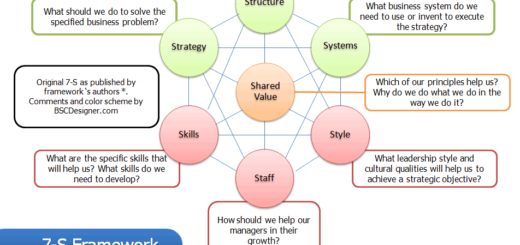Job Description
A job description is a written document that outlines the essential duties, responsibilities, qualifications, and other requirements of a particular job role within an organization. It typically includes information about the job title, job summary, key tasks and responsibilities, required qualifications and experience, and any other relevant information about the job.
Job descriptions serve as a critical tool for human resource management, as they provide a clear and detailed explanation of the expectations and requirements for a particular job role. They are used for various purposes, such as recruiting and hiring new employees, setting performance expectations and goals, and providing a basis for employee training and development.
Job descriptions are usually developed through a process of job analysis, which involves gathering information about the essential duties, responsibilities, and requirements of a particular job role. This information is used to create a comprehensive and accurate description of the job, which serves as a basis for various human resource management activities.
A job description typically includes the following content:
- Job Title: The job title identifies the specific position within the organization.
- Job Summary: A brief overview of the job, including the purpose and objectives of the position.
- Key Tasks and Responsibilities: A detailed list of the essential duties and responsibilities that the employee will be expected to perform in the job.
- Required Qualifications and Experience: A description of the necessary qualifications and experience required to perform the job, such as education, certifications, and relevant work experience.
- Skills and Competencies: A list of the key skills and competencies required for the job, such as communication skills, problem-solving skills, and technical expertise.
- Reporting Structure: A description of the position within the organizational hierarchy, including the supervisor, subordinates, and other key stakeholders.
- Working Conditions: A description of the physical and environmental conditions in which the job will be performed, such as work hours, work environment, and any physical demands of the job.
- Salary and Benefits: A description of the salary range and any benefits that are associated with the job.
- Performance Expectations: A description of the performance expectations and goals for the position, including any key performance indicators that will be used to evaluate job performance.
- Other Information: Any other relevant information about the job, such as travel requirements, professional development opportunities, and potential for advancement within the organization.
Overall, a job description provides a clear and detailed outline of the essential requirements and responsibilities associated with a particular job role within an organization. It serves as a valuable tool for human resource management, as it can be used to guide recruitment and selection decisions, performance evaluations, and employee development and training initiatives.


